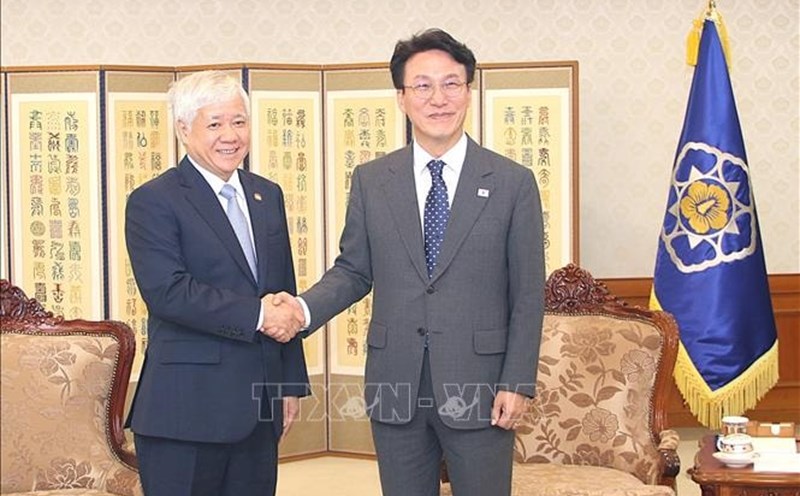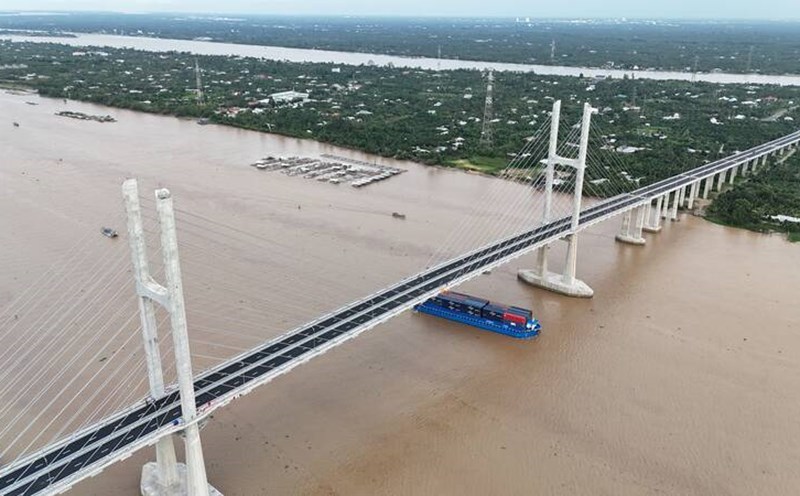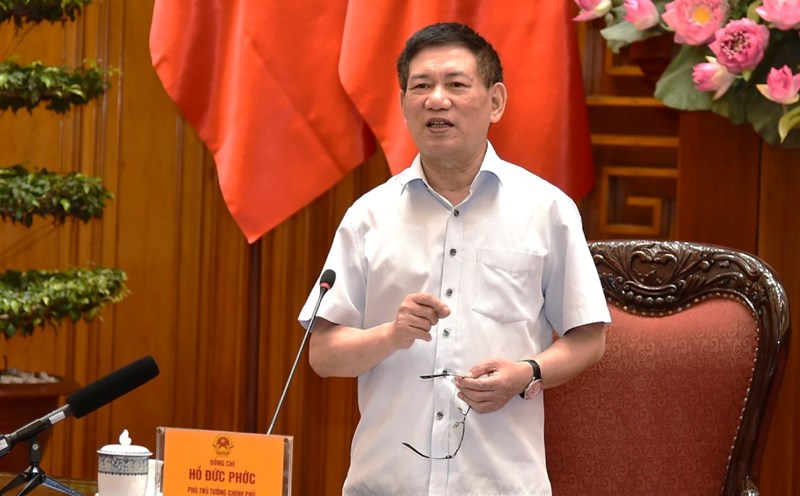On July 30, the International Atomic Energy Agency (IAEA) said that nuclear conditions remained stable at facilities along Japan's Pacific coast and at the Zaporizhzhia Nuclear Power Plant, after a strong earthquake off Russia's east coast.
IAEA is still in contact with Japanese authorities about the earthquake and Tsunami.
Preliminary assessments show no safety impact on nuclear power plants along the Pacific coast, IAEA said.
According to IAEA Director General Rafael Grossi, at the Zaporizhzhia nuclear power plant controlled by Russia, IAEA confirmed that there were no changes in radiation levels at the site.
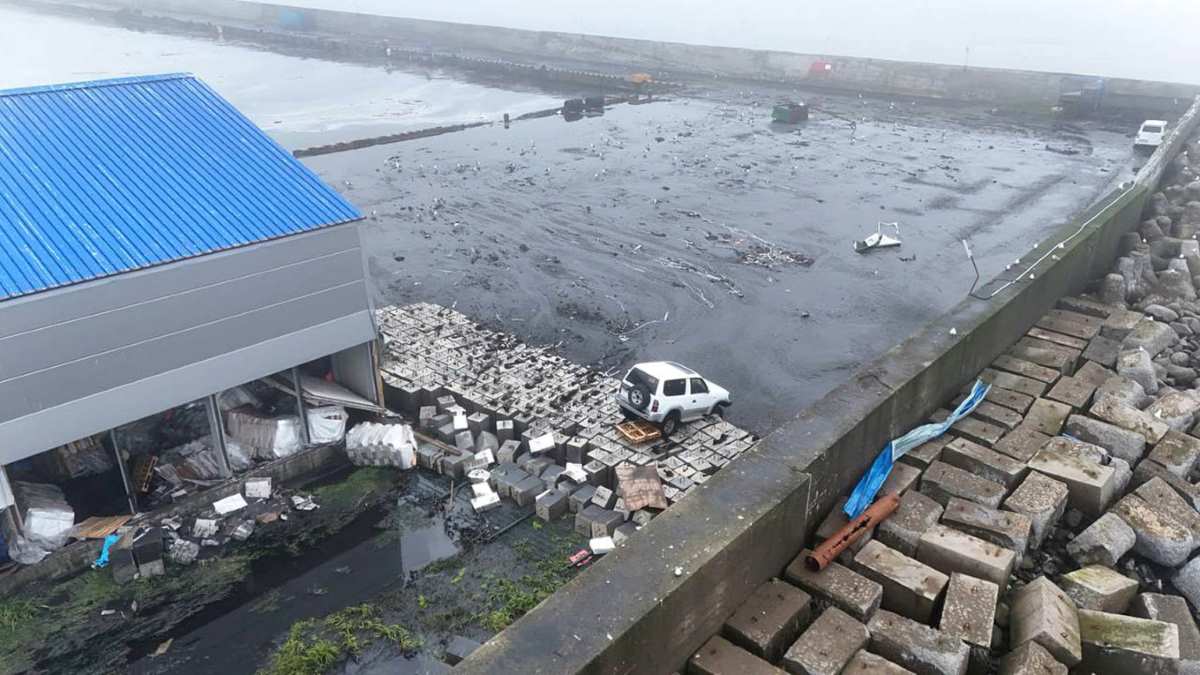
Immediately after the Tsunami warning, all workers at the Fukushima Daiichi Nuclear Power Plant (Japan) - which had a serious nuclear incident after the 2011 earthquake and Tsunami disaster - were evacuated, according to AFP.
A spokesperson for Tokyo Power Company (TEPCO) said on July 30: We have evacuated all workers and employees from Fukushima Daiichi Power Plant. No abnormalities have been reported at the present time".
On the morning of July 30, a strong earthquake of 8.8 on the Richter scale shook the area off the Kamchatka Peninsula (Russia), causing local sunshine and issuing a series of warning signs of danger to countries along the Pacific.
On Kamchatka coast, a 3-4m high typhoon has hit several coastal areas, forcing Russian authorities to urgently evacuate thousands of people. Tsunami warnings also spread across the Pacific Ocean, including Japan, Hawaii and the US west coast.
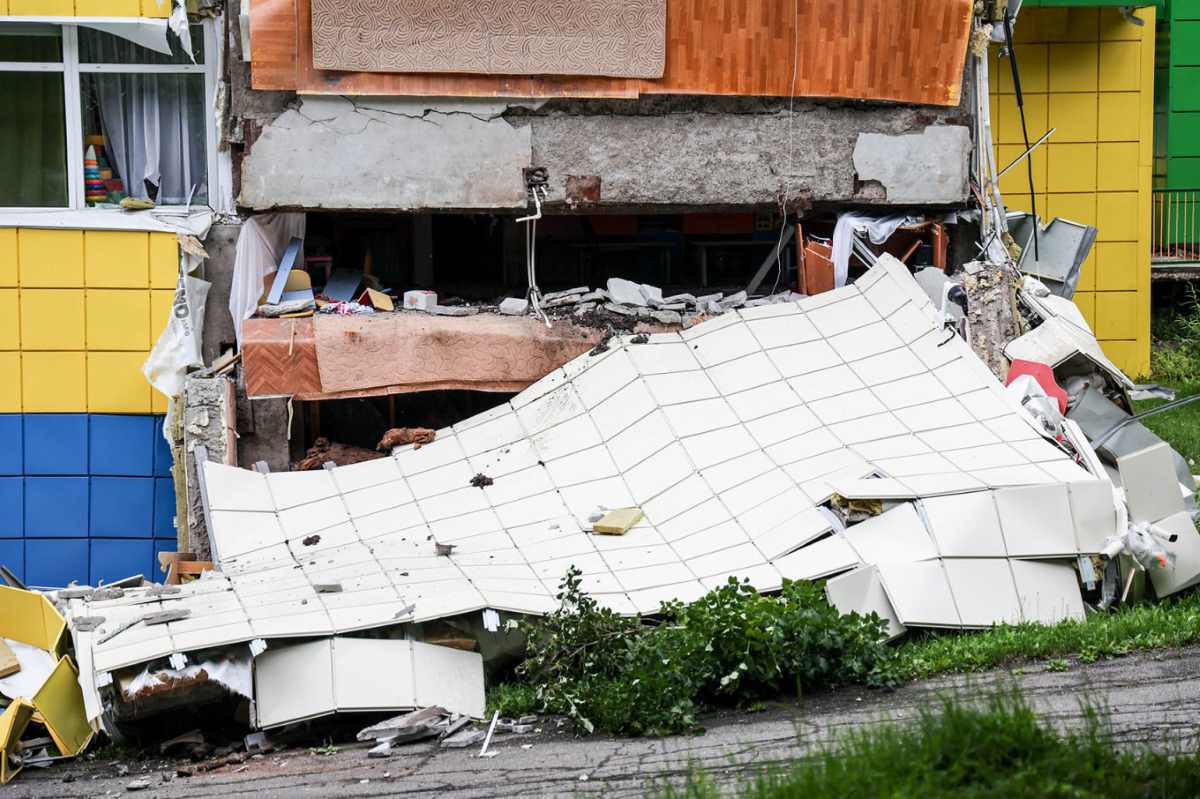
By July 31, the Tsunami warning in Russia and many countries had been lifted. The Japan Meteorological Agency has lowered its Tsunami warning to a "recommended" level for the Tohoku region and the Hokkaido coast in the Pacific Ocean.
Okayama Prefecture has lifted its warning, while the area from Hokkaido to Okinawa remains in place.
However, the Japanese government continues to urge people to stay away from coastal areas and river mouths, and warns that sea levels may rise for at least a day.




